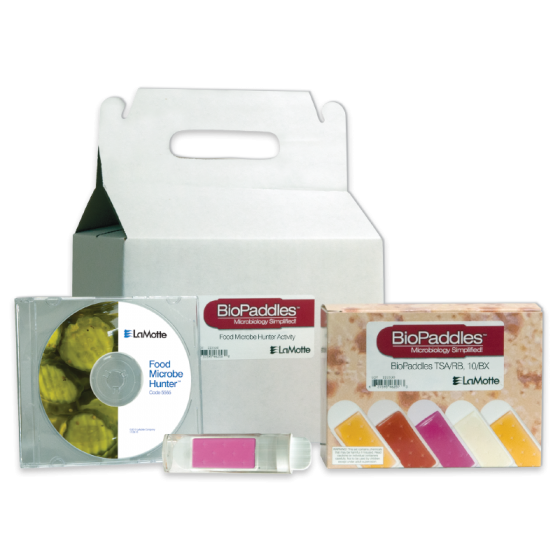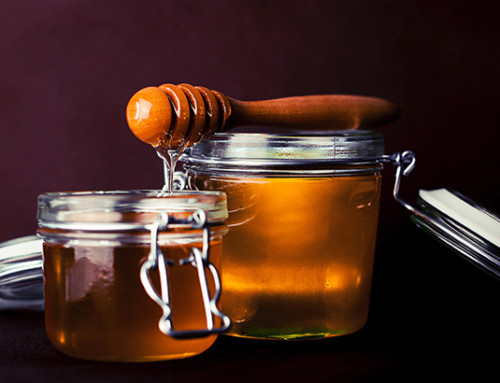It’s that time of year where science fairs are just around the corner, so to get you thinking about what you might do this year, here’s a fun experiment about mold growth on food! Let’s see what kind of food will mold first if left un-refrigerated. This experiment is brought to you by Education.com.
Materials
- Banana
- Cheese
- Milk
- Bread
- Paper and pencil
- Camera
- Dipslides (optional for Going Further)
Introduction
What type of food do you think will mold the fastest when placed in a kitchen cabinet instead of the refrigerator? Many foods need to be refrigerated in order to stay fresh and edible. The question is, what type of food will go bad first? When you think of dairy foods, you assume most require refrigeration. When put to the test along with bread and bananas, which food item will mold the quickest?
Make sure you research which of your food samples should normally be refrigerated and which should not.
Procedure
- Gather all of your food samples and make sure they are still fresh. You do not want them to be moldy at the start of your experiment, or your data will be incorrect.
- Take the banana, bread and cheese, and put them each on a separate plate.
- Pour milk into a glass.
- Take pictures of the food as it appears when fresh.
- You will need to put your samples aside in a kitchen cabinet. The food samples all need to be in the same place at the same temperature so you get the most accurate results. Make sure no other food is stored with your test samples in the cabinet. You don’t want to contaminate any other food.
- Check on the samples daily. Document your results and take pictures.
- Do any of them have mold yet? Which is the first to mold? Record the order in which the samples are moldy. Were the food samples that are normally refrigerated the first to mold?
Going Further
 Want to take this experiment a step further? Use one of our Tryptic Soy /Rose Bengal Dipslides to test the mold growth on your food samples. Then using the free iPad app, see if you can determine what the mold is!
Want to take this experiment a step further? Use one of our Tryptic Soy /Rose Bengal Dipslides to test the mold growth on your food samples. Then using the free iPad app, see if you can determine what the mold is!
If you enjoyed this experiment, you might also enjoy LaMotte’s Microbe Hunter kits. With these kits, you can take a closer look at why bread, cheese and fruit grow mold, how producers set an expiration date, and perform more experiments on food samples using Tryptic Soy/Rose Bengal dipslides.
The Microbe Hunter kits have all kinds of great experiments for a science fair project, and it’s always fun to grow microbes!
A special thanks to Education.com for their science fair ideas.







THAT PICTURE IS EXTREMELY DISGUSTING!!!
i hate this and like this at the same time